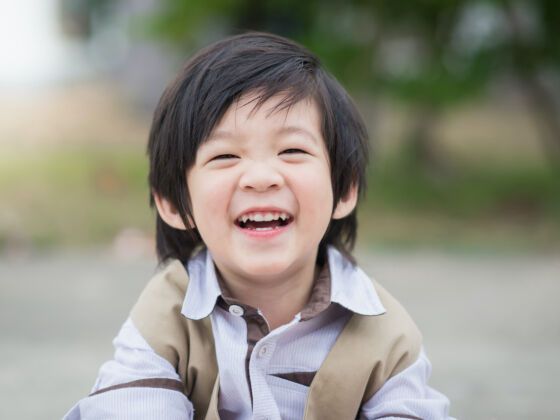According to the Department of State, 5,648 children were adopted from abroad by American families in 2015. The top five countries were China, Ethiopia, Russia, South Korea and Ukraine. Although international adoption has been put in the spotlight by celebrities like Brad Pitt and Angelina Jolie — who added children from Cambodia, Ethiopia and Vietnam, to their ever-growing, multi-national brood — there are some common misconceptions that continue to persist.

It is best to adopt children abroad after disaster strikes.
When conflict or natural disaster arises within a country, there is the strong urge for some families to consider adopting children in that country who are considered orphans. The issue with this is that the process to ensure that these children are in fact orphaned is a long and tedious one. Sometimes one or both parents are still alive or there is another family member that can step in as the guardian. Each country also has different regulations on international adoption, if they allow it at all.
A current example is the conflict in Syria, where many children have been orphaned by the war. Although it is human instinct to want to help, including wanting to adopt, it is not an appropriate response to this crisis because adoption is not allowed under the country-wide Shari’ah law.
It is always more expensive than domestic adoption.
The fees for international adoption can add up quickly, from paying adoption agencies that work abroad to the costs of travel itself. These costs range widely from $15,000 to $50, 000, but it’s important to keep in mind that higher rates don’t always reflect better services. In contrast, domestic adoptions in the U.S. can cost $15,000 to $30,000, depending on the medical services needed for the birth mother and the child, and agency fees.
A sad, but often all too common example is the inclusion of bribes or “donations”, that agencies can include in their pay structure, especially those based in the country that the adoption is taking place in. For example in India, the Central Adoption Resource Authority (CARA) is a government-associated agency that requires all adoption agencies to follow a certain pay structure, though not all obey the regulations.
Babies adopted from abroad will adjust quickly to their new environment.
For those babies who are adopted overseas, there are various emotional and physical issues that can arise. Many children who are adopted from abroad have not received adequate healthcare both in utero and after they are born due to poverty or lack of healthcare options within their home country. Many babies have lived in orphanages where they were often neglected. Signs of emotional distress as a result of being removed from their environment are seen as “survival skills,” and can include head banging.
All countries have the same adoption procedures.
Every country is different in how they conduct international adoption — that is if they even allow it in the first place. It is important to check if a certain country is part of the Hague Convention, which is an international agreement that provides protection for overseas adoption from human rights issues like child-trafficking, child abduction and selling minors.
The birth parents will never be able to be contacted.
In the past, it was hard for adoptive parents to connect with their child’s birth parents if a question about medical history came up. Nowadays, with the convenience of the Internet, the birth parents can easily be contacted. Although an open adoption is rare for international adoptions, there are some that give the option for both parents to remain in contact with one another if they so choose. This allows both sides to benefit as the adoptive parents can understand more about the culture their child came from, and the birth parents can be updated on the child’s development periodically, and be reassured they are doing well.
There are only girls available to adopt from China.
Twenty years ago, there were only girl babies available to be adopted in China, due to a patriarchal society and the one-child policy. Now due to China’s booming economy and emergence of a middle class, there are about a 50:50 ratio of boys to girls that are given up for adoption.
China is also one of the few countries that allow adoptive parents to choose a gender for their child and as a result, girls are usually preferred over boys.
Only babies are available for adoption.
While most families prefer to adopt a baby, there are plenty of older children who are available for adoption overseas. In 2004, children 5-12 accounted for only 12 percent of international adoptees, while in 2012 it rose to 24 percent. For parents who prefer to skip over the diapers and other arduous tasks that come with a baby, this is an ideal solution. Another benefit is that the child will be able to communicate better with their adoptive parents, and explain their needs when adjusting to their new environment.
Though it is believed that older children are more susceptible to having attachment issues, and there is a disturbing trend where older adopted children are being abandoned because of this issue.